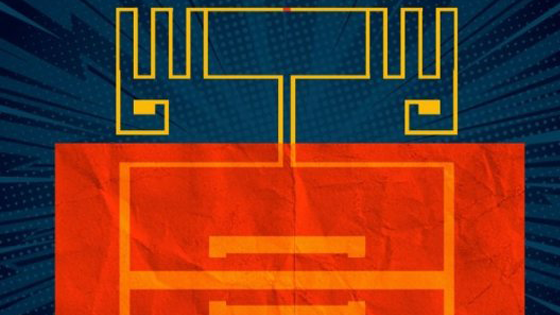Converting Wi-Fi signals to electricity with new 2D materials

Imagine a world where smart phones, laptops, wearables, and other electronics are powered without batteries. Researchers from MIT and elsewhere have taken a step in that direction, with the first fully flexible device that can convert energy from Wi-Fi signals into electricity that could power electronics. Devices that convert AC electromagnetic waves into DC electricity are known as "rectenna." The researchers demonstrate a new kind of rectenna, described in a study appearing in Nature that uses a flexible radio-frequency (RF) antenna that captures electromagnetic waves -- including those carrying Wi-Fi -- as AC waveforms. The antenna is then connected to a novel device made out of a two-dimensional semiconductor just a few atoms thick. The AC signal travels into the semiconductor, which converts it into a DC voltage that could be used to power electronic circuits or recharge batteries. The antenna is then connected to a novel device made out of a two-dimensional semiconductor just a few atoms thick.
Promising early applications for the proposed rectenna include powering flexible and wearable electronics, medical devices, and sensors for the "internet of things." Flexible smart phones, for instance, are a hot new market for major tech firms. In experiments, the researchers' device can produce about 40 microwatts of power when exposed to the typical power levels of Wi-Fi signals (around 150 microwatts). That's more than enough power to light up a simple mobile display or silicon chips. To build their rectifier, the researchers used a novel 2-D material called molybdenum disulfide (MoS2), which at three atoms thick is one of the thinnest semiconductors in the world. In doing so, the team leveraged a singular behavior of MoS2: When exposed to certain chemicals, the material's atoms rearrange in a way that acts like a switch, forcing a phase transition from a semiconductor to a metallic material. This structure is known as a Schottky diode, which is the junction of a semiconductor with a metal. Such a design has allowed a fully flexible device that is fast enough to cover most of the radio-frequency bands used by our daily electronics, including Wi-Fi, Bluetooth, cellular LTE, and many others.
Source: https://www.sciencedaily.com/releases/2019/01/190128111718.htm
Promising early applications for the proposed rectenna include powering flexible and wearable electronics, medical devices, and sensors for the "internet of things." Flexible smart phones, for instance, are a hot new market for major tech firms. In experiments, the researchers' device can produce about 40 microwatts of power when exposed to the typical power levels of Wi-Fi signals (around 150 microwatts). That's more than enough power to light up a simple mobile display or silicon chips. To build their rectifier, the researchers used a novel 2-D material called molybdenum disulfide (MoS2), which at three atoms thick is one of the thinnest semiconductors in the world. In doing so, the team leveraged a singular behavior of MoS2: When exposed to certain chemicals, the material's atoms rearrange in a way that acts like a switch, forcing a phase transition from a semiconductor to a metallic material. This structure is known as a Schottky diode, which is the junction of a semiconductor with a metal. Such a design has allowed a fully flexible device that is fast enough to cover most of the radio-frequency bands used by our daily electronics, including Wi-Fi, Bluetooth, cellular LTE, and many others.
Source: https://www.sciencedaily.com/releases/2019/01/190128111718.htm

Image Source :https://www.sciencedaily.com/releases/2019/01/190128111718.htm

